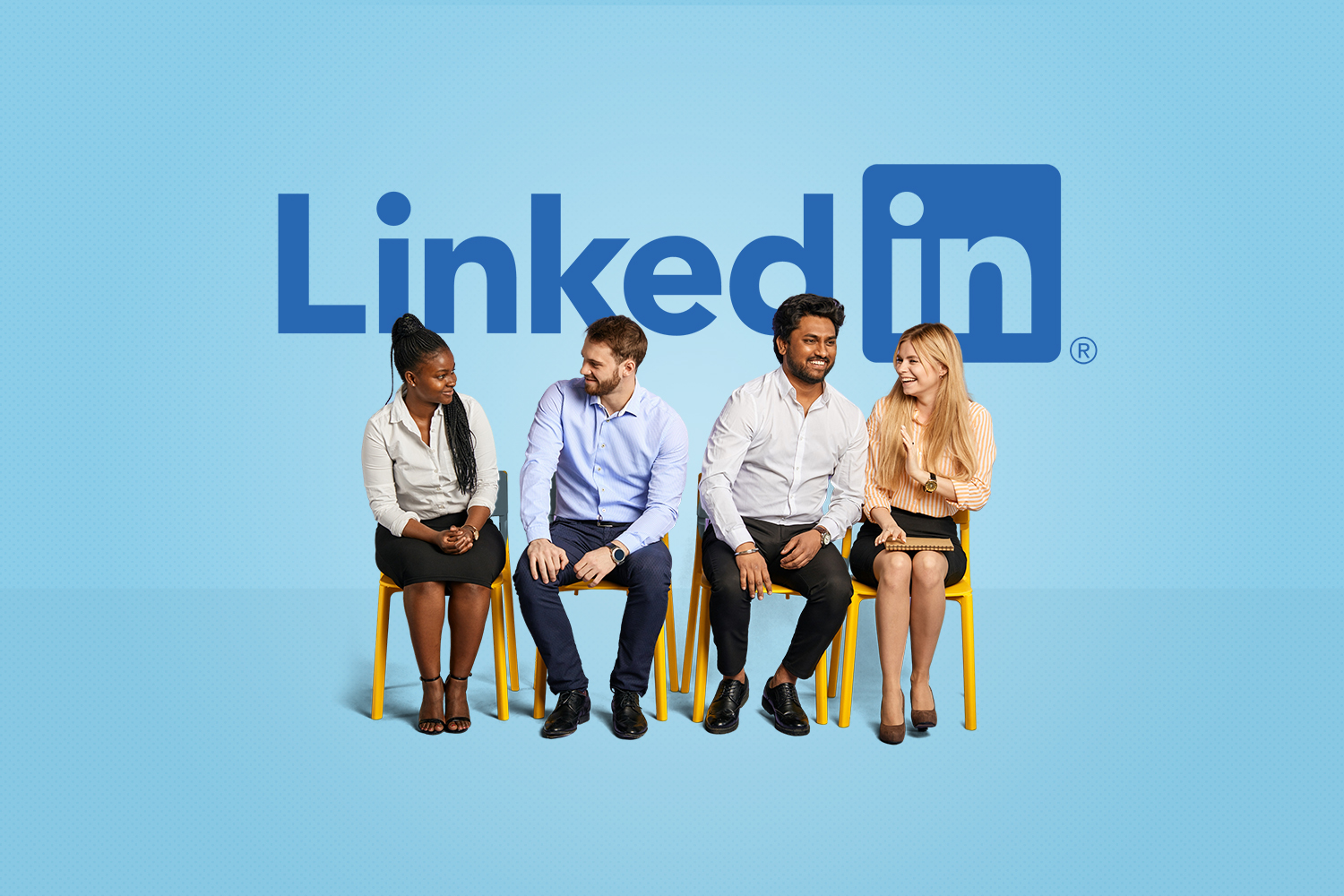The pharma B2B digital marketing landscape is changing rapidly. Several factors are accelerating omnichannel adoption within the industry. This three-part series will explore some of the most critical components driving pharma B2B digital marketing changes and how companies can benefit from these changes. From the importance of data to omnichannel strategies, we will cover the trends shaping the future of pharma B2B marketing.
Covid’s Effect on Pharma
Covid-19 has posed an unprecedented challenge to the pharmaceutical industry, radically altering care delivery. Access constraints due to covid for in-person interactions have long been the foundation of the pharmaceutical sales model. However, the COVID-19 pandemic created an environment where these interactions are no longer safe or efficient. And with the amplification of remote engagement, connecting with patients and physicians in a remote setting has become essential.
With the pharma industry now worth more than a trillion dollars after the COVID-19 pandemic, pharmaceutical companies are forced to pivot to digital channels and are transitioning into innovative sales and advertising initiatives. And the best way to do so has been via omnichannel marketing. An omnichannel approach has the customer at the center using all available media channels rather than a multichannel approach that is centered around the product or service, helping companies focus on improving how HCPs cater to consumers.
Data, Analytics, and Technology
The proliferation of data and analytics is evolving digital marketing in Pharma. To execute effective omnichannel campaigns in today’s competitive market, pharma marketers must have access to the right data delivered in an actionable way. Brands need data that is comprehensive, accurate, and rapidly available. Using tools that will help them understand what patients and HCPs do after seeing their ads and how to optimize all marketing touchpoints is key. Companies can also use data analytics to accelerate drug discovery and development, improve drug efficacy, enhance safety and risk management and gain insight into target patient populations.
According to Silicon Valley-based Treasure Data, capturing large volumes of consumer data and unifying it creates a better relationship between field teams and HCPs, leading to enhanced execution of marketing plans and a direct uplift in sales. Data and analytics of patients across all provider encounters lead to faster, more accurate diagnoses and better outcomes. Additionally, advanced analytics tools are helping companies make sense of this data and glean insights that can improve their marketing efforts. Social media, medical records, and other primary sources of big data can help pharmaceutical companies utilize this data for better reach and engagement.
Customer Expectation
According to an article by Retail Dive, Omnichannel marketing is now the baseline customer expectation. With this in mind, there are two areas to consider when catering to customer expectations:
1. Prior Omnichannel Engagements with Hospitality, Retail, and Financial Industries
Across industries, customers have come to expect a seamless, omnichannel experience. To create a similar customer experience, pharmaceutical companies need to understand customers’ expectations. The best way to do so is by exploring prior omnichannel engagement with hospitality, retail, and financial industries.
Customers in these sectors expect consistent messaging and branding across all channels. Pharma B2B marketers must provide an omnichannel experience that is familiar to the ones their customers are already experiencing. In addition, a personalized customer experience that meets specific needs will exceed customer expectations.
2. Multi-generation customers, comprising digital native and digital immigrants
Companies are continuously adjusting their marketing strategies to target multi-generational customers as the world becomes increasingly digitized. This includes digital natives (those who have grown up with technology) and digital immigrants (those who have adopted technology later in life).
Digital natives are used to getting the information they want when they want it and expect the same from companies. They are also more likely to engage with brands on social media and other digital channels. Digital immigrants, on the other hand, may need more education on how to use digital channels effectively. However, they will likely be more loyal customers once they are won over.
Commercialization Cost
Commercialization costs are a significant factor driving the adoption of omnichannel digital marketing in the pharmaceutical industry. In addition, economic instability and inflation are continuously affecting drug affordability. The cost of raw materials, active ingredients, and intermediates drive pharmaceutical price growth worldwide, creating inflationary pressures.
This is causing more countries to introduce price controls and regulations to combat these issues further. The rising costs in commercialization have given omnichannel marketing a boost within Pharma. The following factors have contributed to the acceleration in omnichannel marketing:
1. Wider Customer Reach Of Treatments For Rare Diseases And Small Patient Populations
The development of personalized medicines has increased the number of treatments for rare diseases and small patient populations. To reach these patients, pharmaceutical companies are turning to omnichannel marketing strategies.
In addition, the increasing complexity of new molecules has required a more thoughtful approach to commercialization as target patient bases shrink and drug developers compete for dominance across more specialized therapeutic areas and smaller audiences. By using an omnichannel strategy, pharmaceutical companies can better engage with patients and maximize the reach of their treatments.
2. Selective, Targeted In-Person Engagements For Such Treatments
In-person engagements with physicians and other healthcare providers are essential for pharmaceutical companies seeking to commercialize new treatments. However, these engagements can be costly and time-consuming.
To maximize the impact of these interactions, pharmaceutical companies are increasingly turning to selective, targeted in-person meetings. By carefully selecting the doctors and other healthcare providers they meet with, pharmaceutical companies can ensure that their interactions are more focused and more likely to result in positive outcomes.
Key Takeaways:
The future of digital media is evolving, and the need to reach patients where they are as customer expectations continue to grow is essential. While omnichannel marketing is new to the Pharma industry, it is not unique to customers. Thus, creating a need to upskill teams to embrace and execute omnichannel effectively and compliantly.
Pharma must embrace omnichannel marketing across all customer touchpoints taking into consideration the ongoing effects of Covid-19, the increased focus on data, technology, and analytics, increased commercialization costs, and keeping up with customer expectations. Part two of our Pharma B2B Digital Marketing series will explore the key tenets for engaging providers intelligently.

